GenAI Demos: Text and Text-to-Image Generation
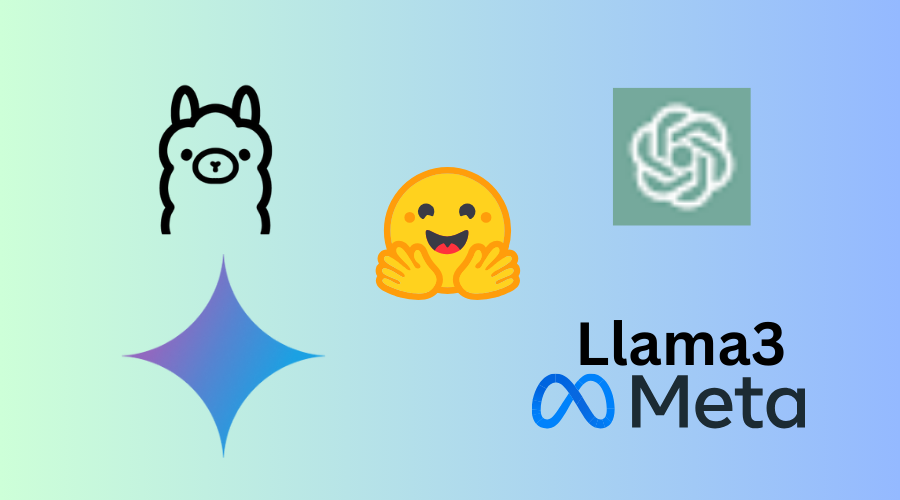
In our previous post, we discussed how training models can be both costly and time-consuming. This task is typically handled by major companies such as OpenAI, Google, and Facebook. However, we can use LLM (Large Language Model) models to develop our own applications. Experiment With OpenAI’s ChatGPT Application Click on ChatGPT and sign up to […]
Beyond Boundaries: The Artistry of Generative AI
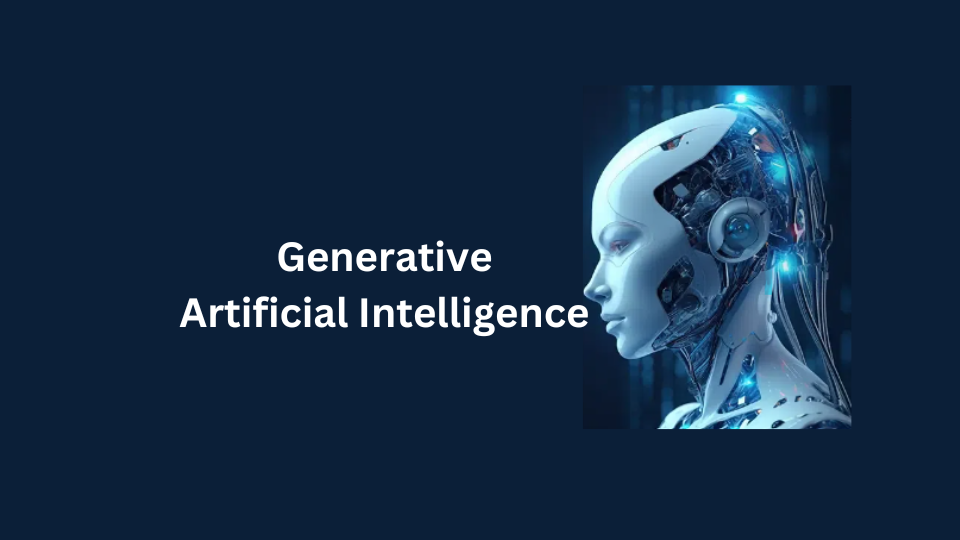
Currently, AI is booming in the IT industry. Everyone is talking about AI and wants to get the most out of it as AI’s transformative potential simplifies human tasks and extends its influence across various sectors. In this introductory post, we’ll learn fundamental concepts behind GenAI, uncovering how machines learn to understand and generate data, […]
Empowering Data Science: Running Jupyter Notebooks at Scale with Kubernetes
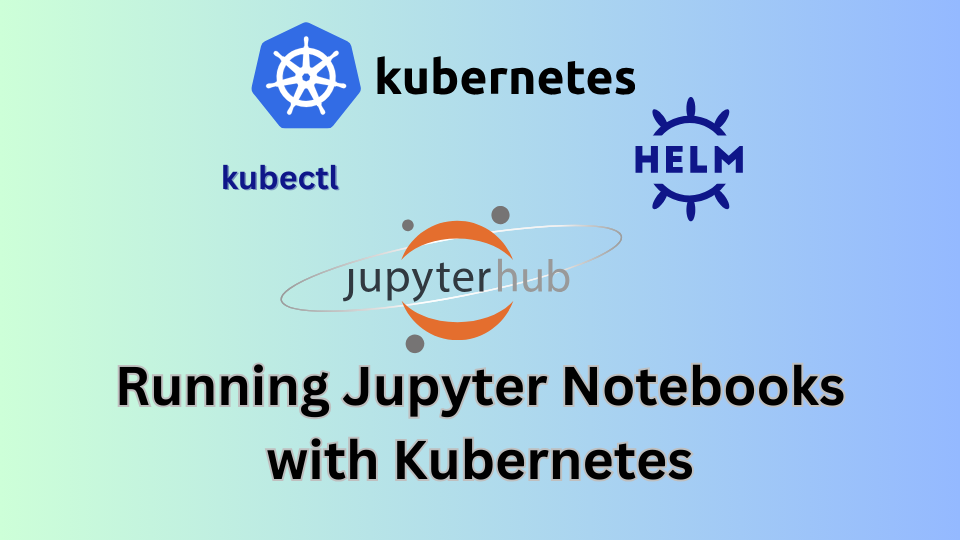
Introduction In today’s data-centric landscape, organizations are constantly seeking innovative ways to extract insights and drive decision-making processes. Jupyter Notebooks have emerged as essential tools for data scientists, offering an interactive environment for data exploration, visualization, and analysis. However, as data volumes grow and computational demands increase, the need for scalable and efficient infrastructure becomes […]
Inside the Containerization Maze: Running Docker Within Docker Containers

Simplifying Development and Deployment with Isolated Docker Environments Docker is a platform that simplifies application development, shipping, and deployment processes using containerization. However, what if we can go one step ahead and enclose Docker itself inside a container as Docker allows the layer of containerization. Explore the ways of setting up a confined environment for Docker […]
Docker Tutorial : A Complete Guide for Beginners

What is Docker? At its core, Docker isn’t just a buzzword; it’s a game-changer. It is a platform that encapsulates applications and their dependencies into lightweight, portable containers. These containers, with their self-contained environments, offer unparalleled flexibility, enabling developers to build once and run anywhere — be it on a developer’s laptop, a test server, or in the cloud. […]
Unlocking Container Sequencing: Embracing Kubernetes’ Native Sidecar

Managing Pod-Based Smooth Workflow Orchestration and Functionality Extension Kubernetes is a standard for container orchestration in the industry. Traditionally, We use a multi-container design pattern to extend the main container’s functionality but can’t control the order of container execution. Let’s understand with a scenario, If the proxy container for logging will start after the main […]
Improving Kubernetes Audit Logs: Parseable Integration Tactics
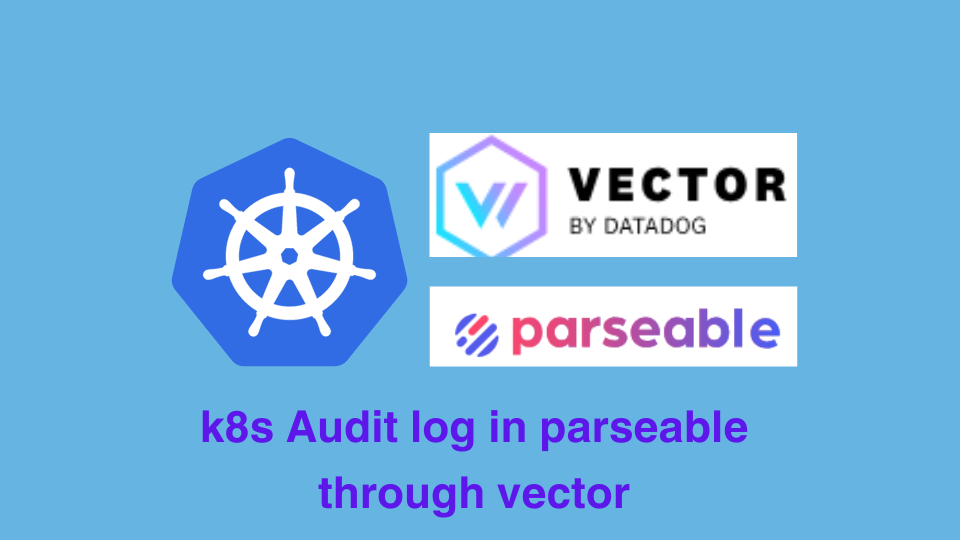
Simplifying Cluster Security and Oversight by Using Vector Agents Kubernetes has become the standard container orchestration tool for microservice-based deployments and managing large business applications. As Kubernetes has so many features, using and managing it can be difficult, especially keeping track of activities in the cluster. The main goal of this hands-on lab is to […]
Buildx Mastery: Elevating Docker Development Across Architectures

“Transform Docker builds with Buildx: cross-architecture compatibility, faster workflows, and hands-on labs. Join us in shaping the future of containerization!” Docker offers an easy method of packaging and deploying applications, which is truly an amazing technology. Earlier, the developers built an image on one type of architecture and deployed it on the same kind of […]
Parseable-Enabled Tetragon Logs: Strengthening Kubernetes Security
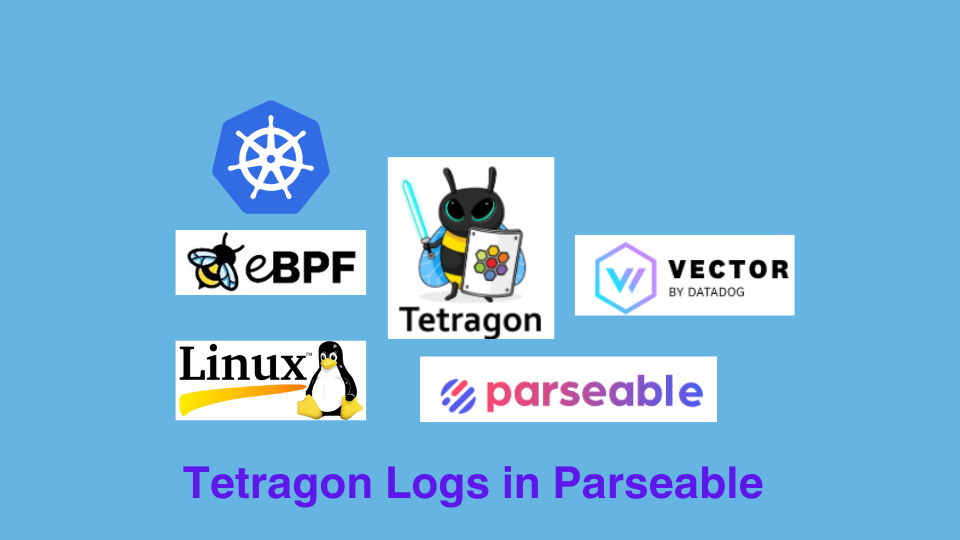
Investigating eBPF-Driven Observability in Kubernetes Environments for Sensitive File Access The container orchestration standard has been taken over by Kubernetes. However, as it doesn’t offer a default observability for security to study the attacks, it raises questions about how organisations should protect their production environment. This issue is resolved with eBPF. Currently, one of the most popular […]
Exploration of Kubernetes Metadata: Labels, Selectors, and Annotations
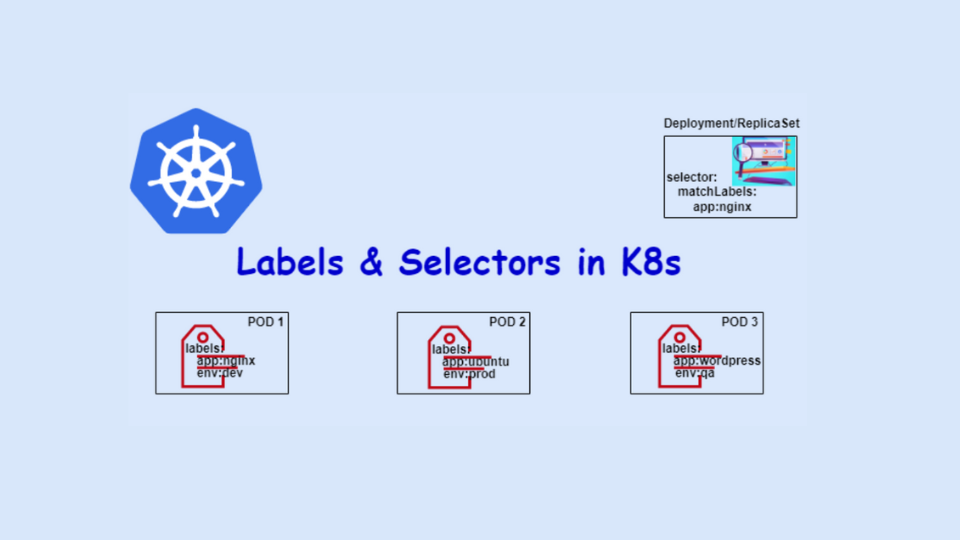
A Deep Dive into Kubernetes Resource Classification and Configuration Overview Kubernetes, a container orchestrator, is designed to handle applications at scale. While working with multiple objects we may need to group them. Metadata like, labels, selectors and annotations play an important role while configuring and working with kubernetes objects. Labels and selectors are used to select […]

